Juniper scaly "Blue Carpet": description, planting and care
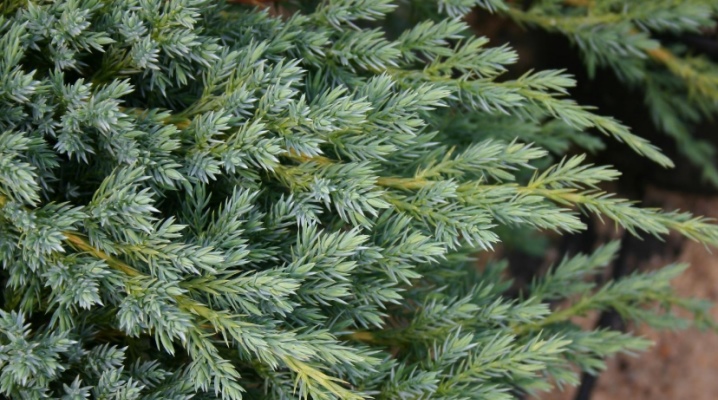
A pretty scaly juniper "Blue Carpet" can be found on the site of many Russian summer residents. This variety attracts gardeners not only for its amazing appearance, but also for its unpretentious care. With its spreading crown and silvery-blue needles, the shrub can decorate any garden, but for this, favorable conditions should be created for it.
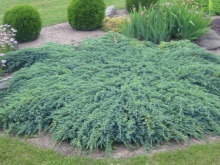
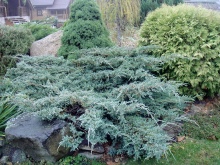
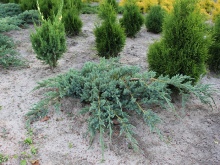
Peculiarities
The name "Blue Carpet" is precisely related to the unusual description of the crown. Not only silver needles are distinguished by their beauty, but also rare fruits - cones, painted in a deep blue color with a waxy tint. The length of the needles reaches 1 cm, and the width of the entire crown can reach 2 m. The culture is a slow-growing species, the annual growth is only 5 cm. The dimensions of an adult plant do not exceed 60 cm.
The variety is native to the Eastern Himalayas, and the tree has a lifespan of approximately 50 years. The culture belongs to evergreen species, for which it is valued when creating landscape design.
This is a light-loving plant that does not impose strict requirements on the soil. It tolerates drought and frosts well down to -29 degrees, therefore it often becomes an inhabitant of private gardens in Russia.

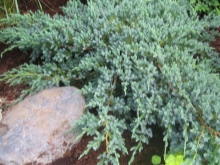
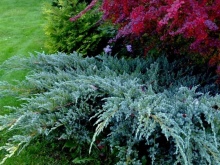
How to plant?
Before you start planting, you should carefully consider the choice of a seedling. Experienced gardeners advise buying planting material with a closed root system. The fact is that specimens with open roots can take root only when planted in conditions of moderate humidity, that is, in April, May or September, and seedlings with a closed root system are more adapted to new conditions.
If an open sample is nevertheless chosen for planting, it is recommended to treat it with Fulvix, Heteroauxin or Radifarm.
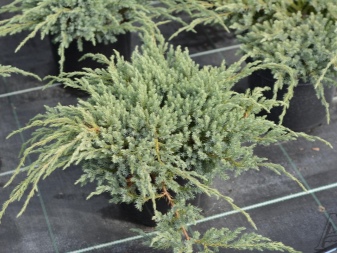
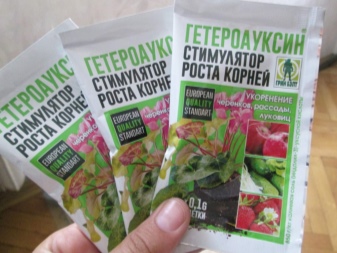
The variety is almost indifferent to the soil, but it will feel more comfortable in slightly acidic or neutral soil. The site chosen for planting should be well lit by the sun and away from the place where groundwater is located nearby. Planting a bush with an earthen lump is carried out in spring, summer or autumn, but if a hot period is chosen, it is important to shade the unrooted specimen. The planting process is as follows.
- Dig a planting hole 70 cm deep and 2-3 times the size of an earthen coma.
- Make a 20 cm drain from rubble, pebbles, or broken brick.
- Next, place the nutrient mixture in the pit. It can be prepared by combining peat, clay soil and sand in a ratio of 2: 1: 1, respectively. You can make a different composition - leafy or sod soil, peat and sand in proportions of 2: 1: 1. The nutrient mixture for this variety is not a prerequisite for planting, but its presence will contribute to a more complete and faster rooting and development.
- Make an indentation in the hole and carefully place the seedling so as not to expose the root system. The neck of the shrub should be extended over the top of the soil.
- Cover the planting with earth and moisten the soil.
- Spread a layer of mulch, for example, peat, pine bark or pine needles on a circle near the trunk, in a layer of 5-6 cm.
- Do not compact the soil around the seedling, gradually it will settle by itself.
- The variety tends to grow strongly, which means that when planting collectively, it is important to maintain a distance between specimens and plant them at a distance of at least 0.5 m.
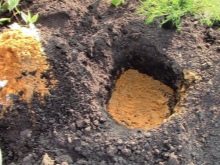
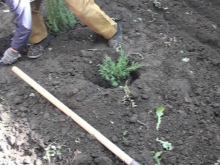
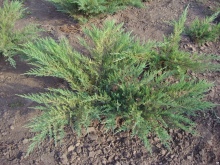
How to take care of it properly?
Taking care of the Blue Carpet juniper is not difficult, but the plant will not tolerate indifference on the part of the gardener. Following simple rules, you can grow a beautiful spreading shrub on the site, which will become the main decoration of the garden.
- Systematically, the soil at the site of planting of young seedlings must be moistened. Adult specimens need only minimal watering during dry periods. The shrub reacts especially well to irrigation by sprinkling. Moisturizing is carried out in the morning or in the evening after sunset to avoid burns on the needles.
- Culture loves light but in early spring, young bushes need to be protected from bright rays with a non-woven covering material or mesh. During this period, the sun is too hot for the crown that has not yet recovered after winter and can provoke burns.
- It is customary to feed the culture in April or May.... The most effective types of fertilizers during this period are considered to be nitroammofoska or mineral complexes. The plant also needs autumn feeding - a mixture containing potassium and phosphorus can serve as additional nutrition at this time.
- For newly planted specimens, the soil should be loosened periodically. The procedure is performed very carefully, as the culture has superficial roots. It is important not to injure young roots. Loosen the soil to a level no more than 5 cm after watering and weed the weeds.
- The trunk circle should be mulched immediately after planting - this was mentioned above. To prevent the root collar from rotting, the mulch layer is removed in the spring. Mulching is important for retaining moisture and improving the nutrient properties of the soil. Coniferous cones, sawdust, compost, humus can serve as mulch.
- The variety requires only sanitary pruning in the spring, and it does not really need a decorative haircut - the tree has an already beautiful crown. Any broken, damaged and frozen branches should be removed in the spring. They need to be cut with a sterilized tool and all cut sites should be treated with an antiseptic.
- In the first winter, the plant needs to be insulated.... A covering material is suitable for this. At the same time, it is advisable to mulch the roots with peat to a level of 8-10 cm. Also, the crown for wintering can be insulated with spruce branches. Do not try to make a cover that is too dense, as this can lead to the branches falling out.

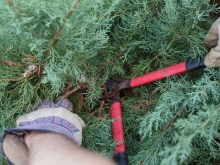

Reproduction methods
The Blue Carpet variety belongs to dioecious plants. The floor can be calculated by visually examining the crown of the bush. If it is narrow, ovoid, then this is a male bush, the female tree has a spreading and loose crown. In spring, yellow stripes can be observed on male shrubs, and female ones can please with the appearance of greenish cones.
There are two ways to breed a variety.
Seeds
Not the preferred breeding method. If the gardener is still ready to gain strength and wait about a year until the first shoots appear, you can try to germinate juniper seeds. It is also worth knowing in advance that the varietal characteristics of the mother bush are rarely preserved with this method.
Seeds are usually harvested in the fall, when the cones are ripe. Cones have a round shape and bluish color with a light bloom. Three seeds are stored inside the fruit, which are used for sowing. The grains should be put in a box and stored in a cool place until spring.
In May, the seeds are planted on a garden bed to a depth of 2-3 cm, dripped with loose earth, moisten the soil with settled water and mulch the surface. When the first shoots hatch, they need to be protected from direct ultraviolet rays for a couple of weeks. Planting seedlings to a permanent place is carried out only in the third year by the transshipment method.
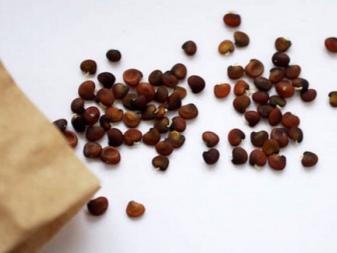
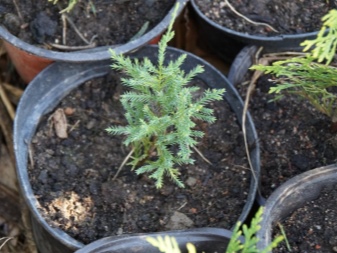
Cuttings
This is the most common shrub breeding method. The process looks like this:
- choose a healthy, strong adult tree and cut off 12 cm cuttings from it;
- remove the lower coniferous branches from the selected specimens;
- soak the cuttings in a growth stimulator for a day, for example, in "Heteroauxin";
- mix peat with sand and plant the planting material in the prepared mixture;
- cover the seedlings with plastic wrap and place in the shade. Water the cuttings regularly and moisten the soil.
Already on the 45th day, the seedlings will have a root system, and after 2.5-3 months they can be transplanted to a permanent place.
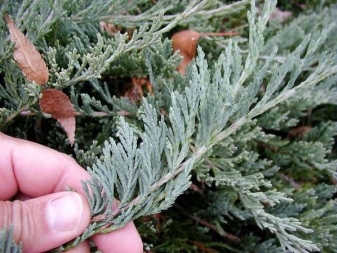
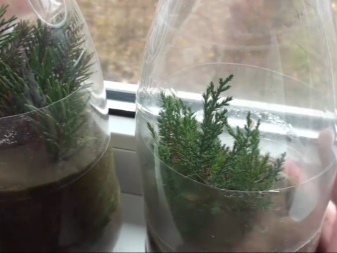
Diseases and pests
Most of all, they love to feast on the juice of the presented variety aphid, scale insect, spider mite, miner moth. Chemicals are used to control pests. To destroy aphids, it is recommended to use Fitoverm... Get rid of spider mites will help "Karate", and from the shield - karbofos... The remedy will allow you to overcome the mining moth "Decis".
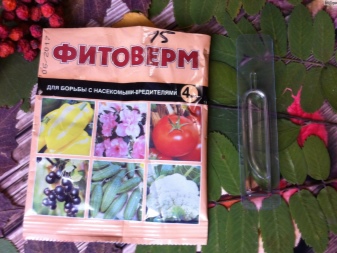
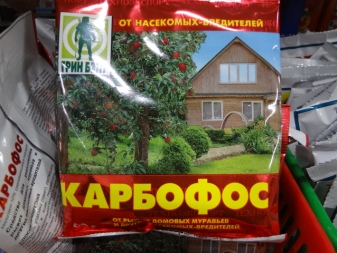
It cannot be said that the Blue Carpet variety is highly resistant to diseases, especially if it is grown in unfavorable conditions. The most common and dangerous ailments for him are the following diseases.
- Rust. This is a fungus that can be recognized by the ginger growths on the branches. It can live for several years, impairing the decorativeness of the plant, and as a result, it can cause the death of the plant. The affected branches should be eliminated, and healthy areas should be treated with a fungicide.
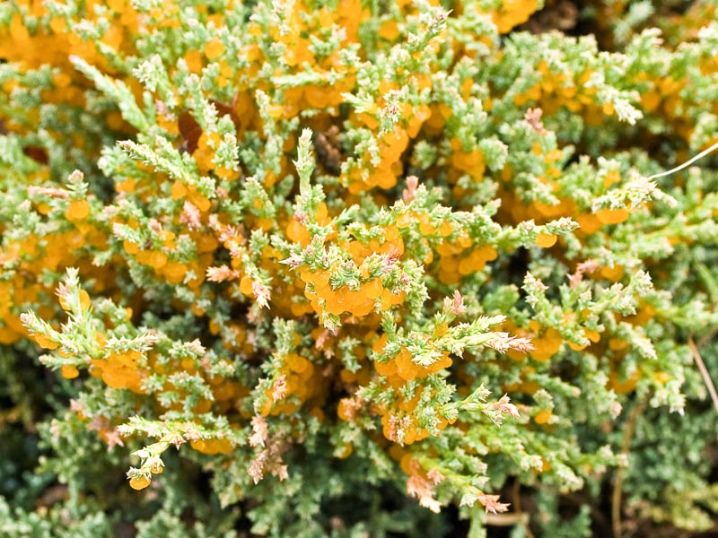
- Shrinking branches... Another fungus, the presence of which is indicated by the poor condition of the needles in the spring - the needles turn yellow and fly around. First, the disease affects small branches, then spreads to the entire plant. The method of treatment is the same as for rust.
As a preventive measure, at the end of April or October, they are treated with fungicides.
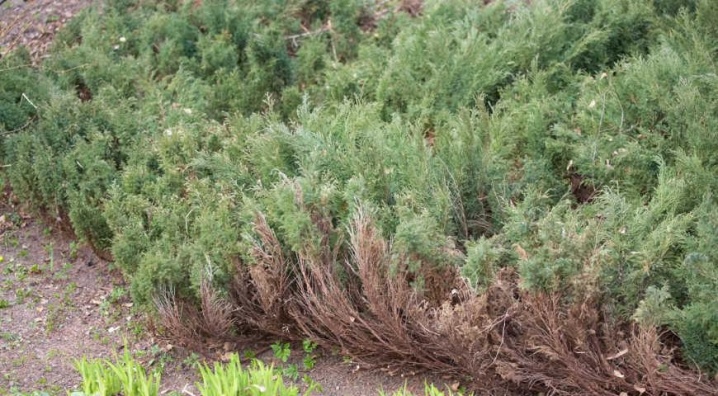
- Trachiomycosis. This infection starts spreading from the roots. The root system is covered with gray spores, the roots cannot absorb nutrients, over time this leads to the death of the bush. With this disease, reddish spots are formed on the upper shoots. To save the plant, diseased branches are removed and destroyed, and the specimen itself and the soil are disinfected with an antifungal drug.
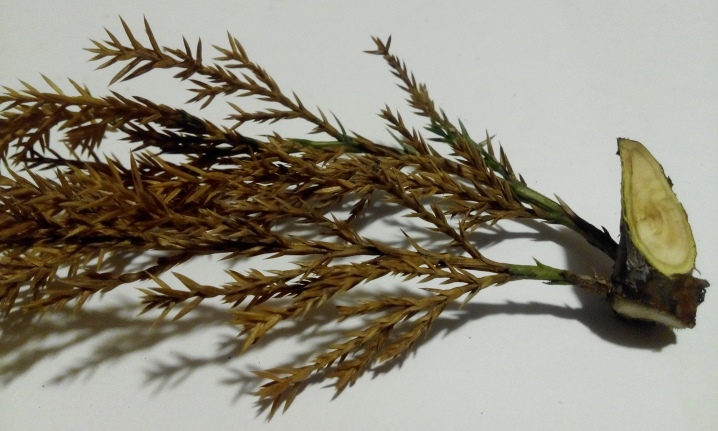
- Schütte. This disease usually occurs in early summer. On last year's needles, you can see black apothecia up to 1.5 mm in diameter. During treatment, the damaged areas are cut off. As a preventive measure, treatment with fungicides is used twice a year.
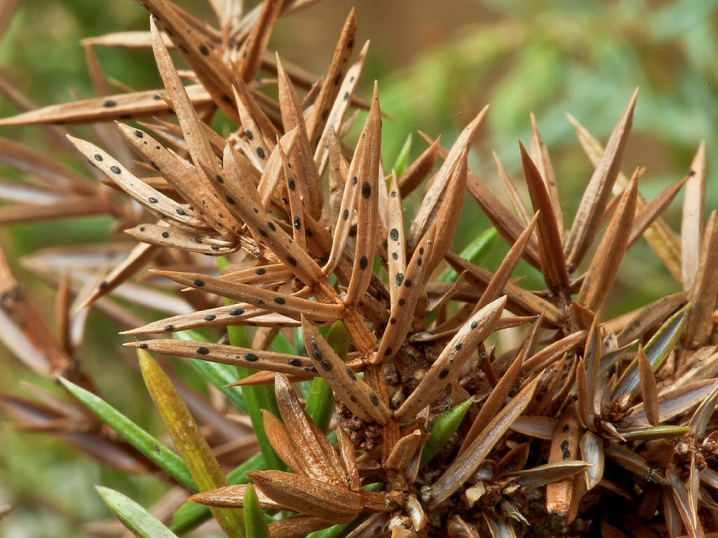
Use in landscape design
Often this variety is used as a single planting against the background of a lawn, however, gardeners do not recommend such placement, as this makes caring for the grass somewhat complicated. Using juniper, you can create a composition from different coniferous crops. A picturesque landscape will turn out if you plant a shrub against the background of tall coniferous varieties.
A tree grown next to perennial or even deciduous crops looks beautiful, planting next to annual flowers looks aesthetically pleasing.
True, when choosing neighbors to create a juniper, you need to take into account not only the preferences of different crops to the composition of the soil, but also monitor the distance between plants - planting should not interfere with the development of each other.
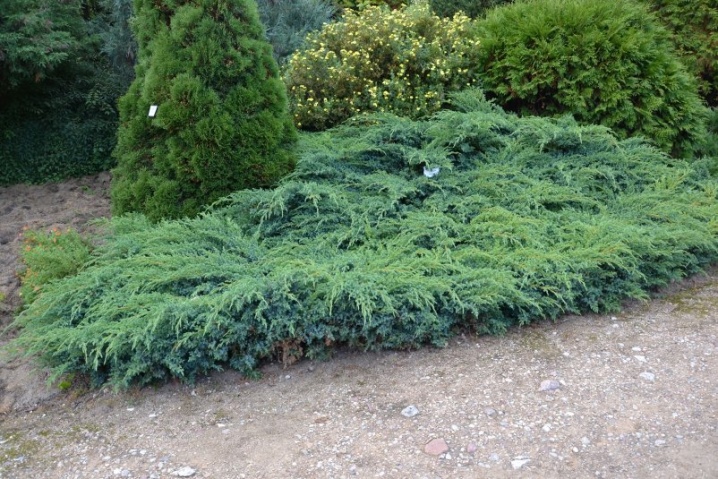
A very beautifully presented variety will look when planting on a slope or in an alpine slide, you can decorate the shore of a garden pond with it or arrange rockeries... A harmonious combination is obtained if bulbous crops, geraniums, rose bushes, ground cover herbaceous crops are planted in tandem with juniper.
The Blue Carpet variety is suitable for for the design of urban park areas, since it tolerates polluted air quite persistently. You can make an artistic figure from the crown. Aesthetic landscape design will turn out if you plant a juniper in a container.
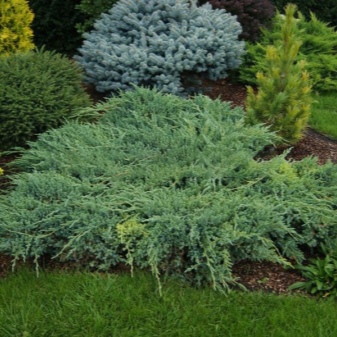
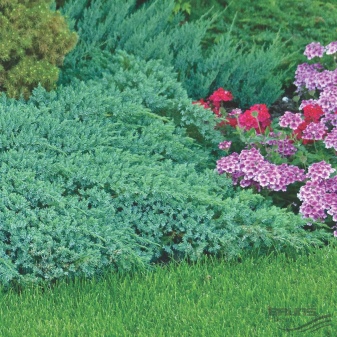
See the next video for even more information about Blue Carpet juniper scaly.



































































The comment was sent successfully.